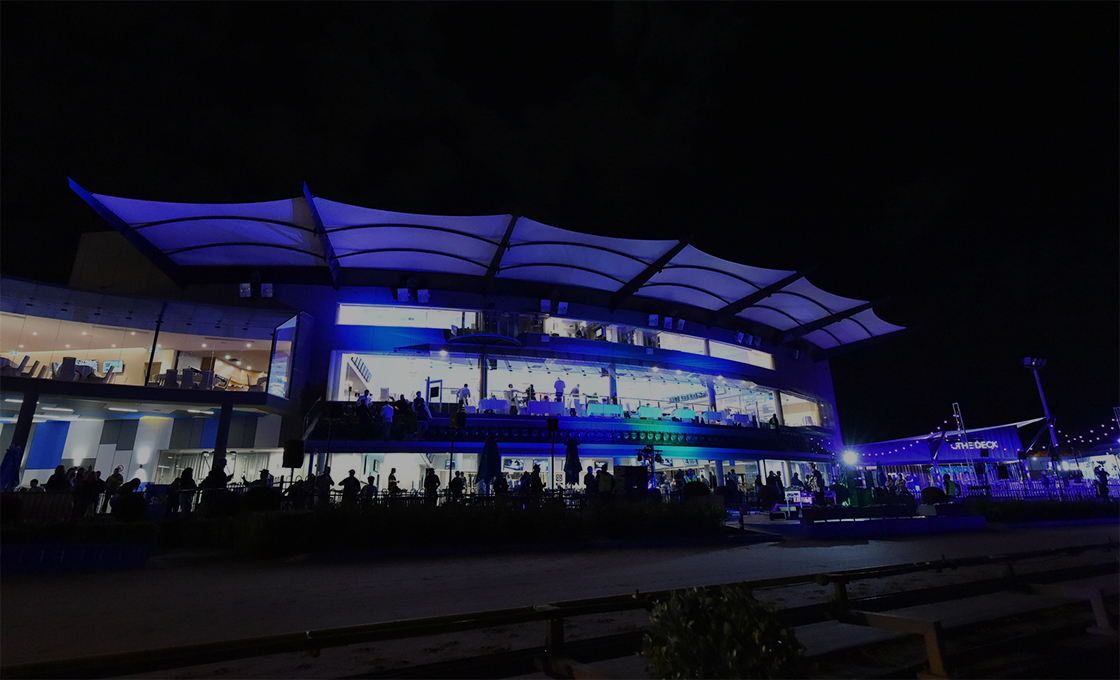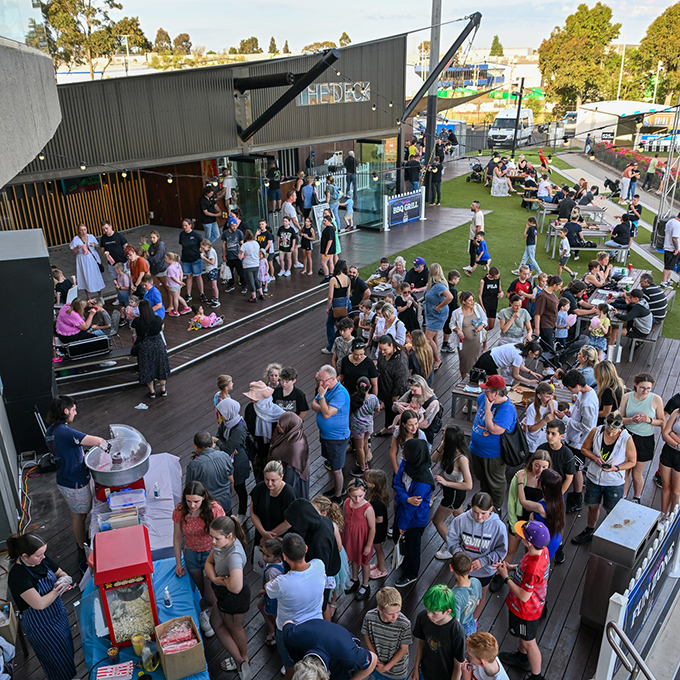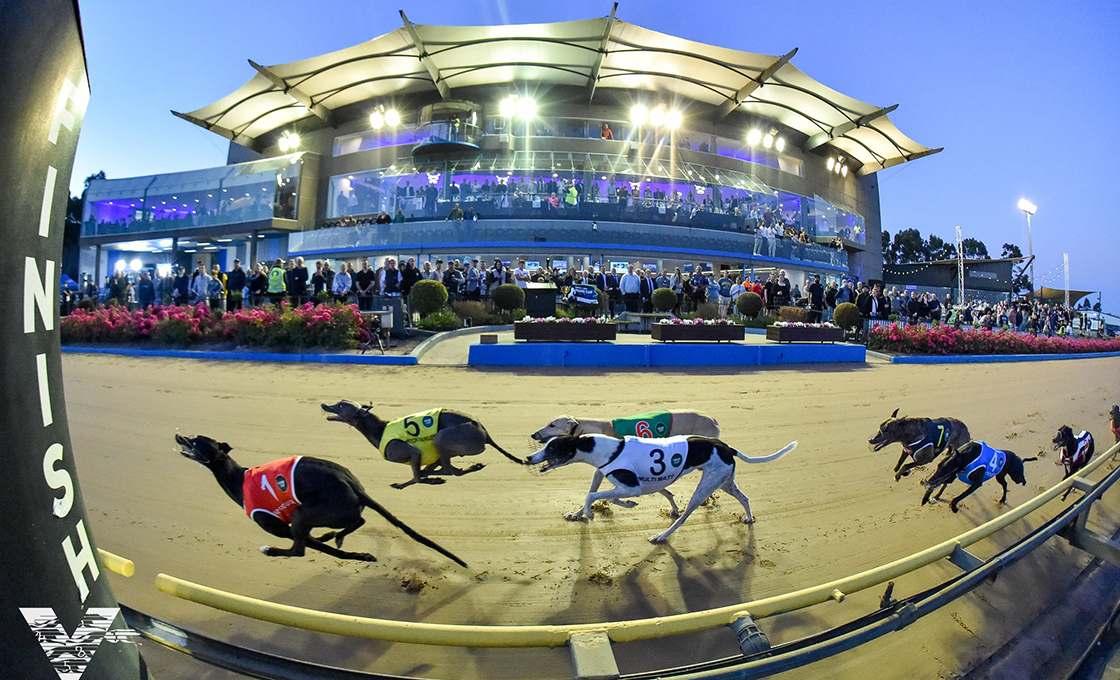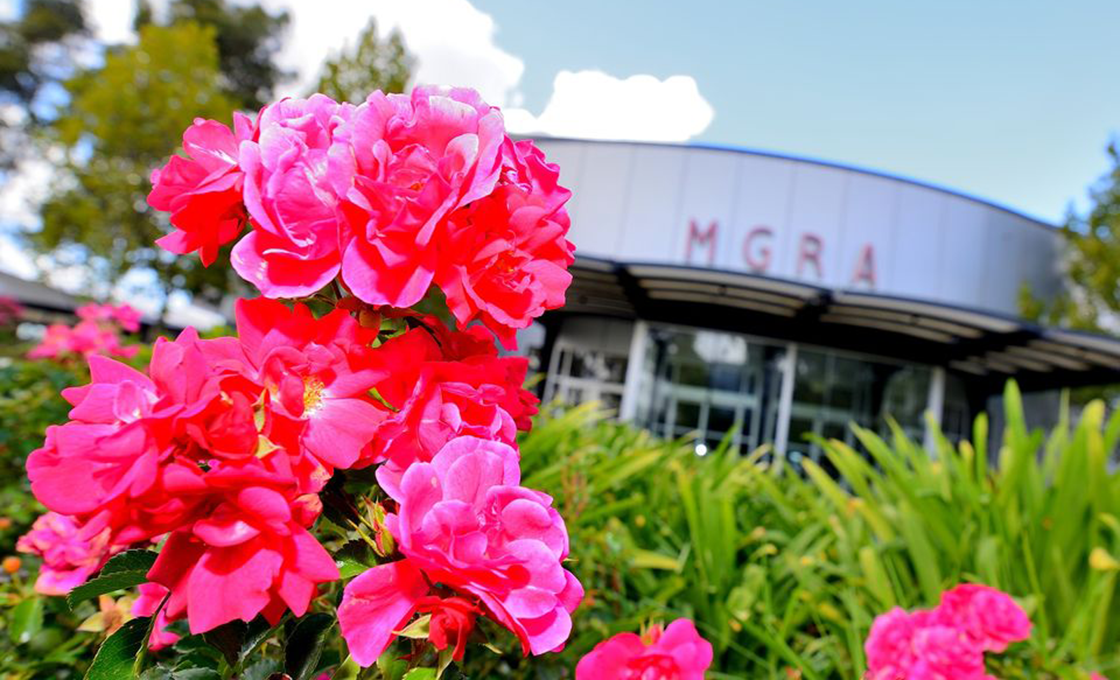1955
The Melbourne Greyhound Racing Association (MGRA) was formed separating out from GOTBA and registering as a company to hold the license to race greyhounds. With a new license, but unable to afford the £35,000 for the purchase of the White City track, the MGRA needed a home. To avoid a recess in racing, the MGRA began racing at Maribrynong paying a lease of £100 pounds a week while working on plans to establish a track at the football ground in Arden Street, North Melbourne.









